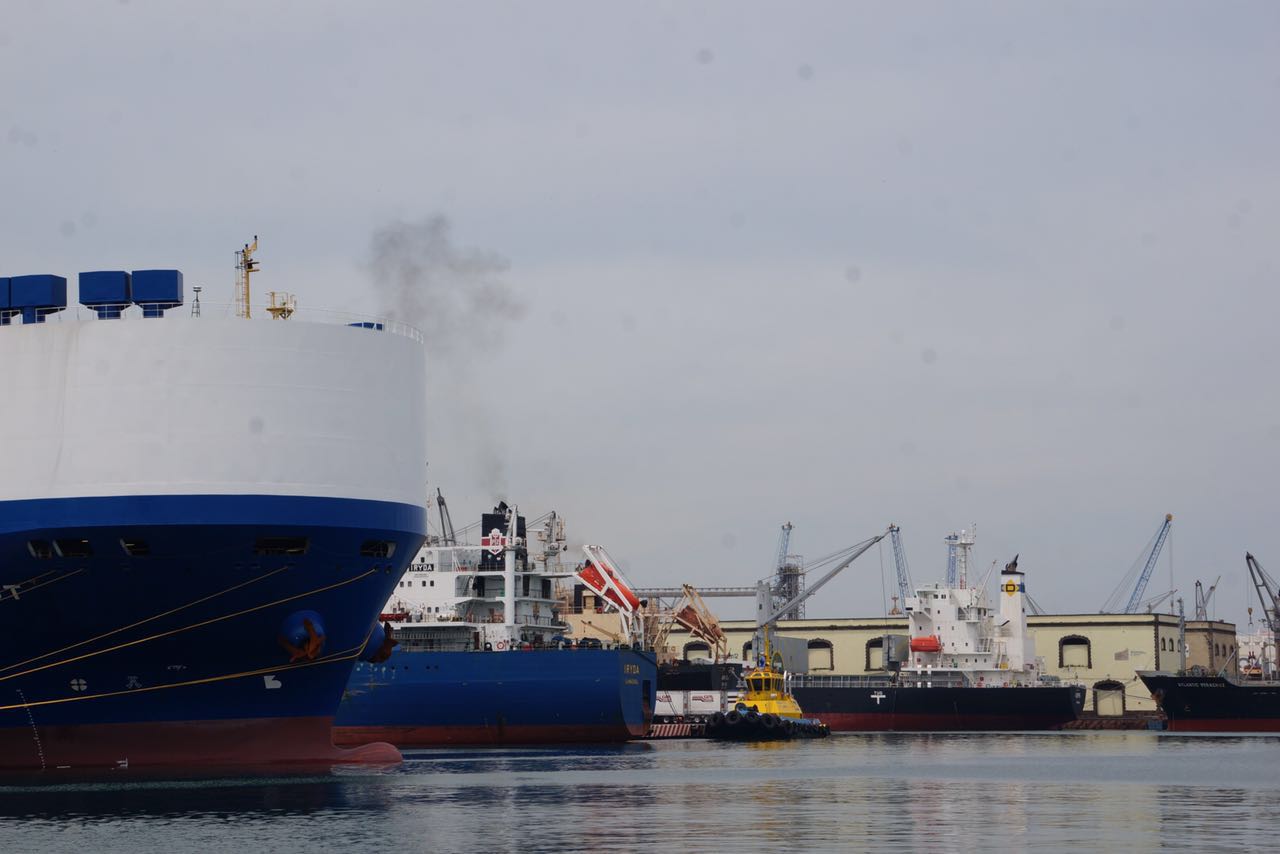Gentle giants in La Paz
La Paz, the capital of Baja Sur, in the southern tip of the Baja peninsula, has to be one of the most beautifully situated cities in the world. It is not blessed with beautiful buildings or notable museums. But what it lacks in architecture and culture, it more than makes up in nature. As you descend into La Paz airport, you see that the city is surrounded by jagged mountains, empty desert, forests of huge cacti and, La Paz’s jewel in the crown, a turquoise ocean. There cannot be so many cosmopolitan cities in the world that are so easy to escape.
Jacques Cousteau called the Sea of Cortez, on which La Paz sits, the ‘World’s Aquarium’. Within a short boat ride you can be on a deserted beach on the uninhabited Isla de Espiritu Santo, with its white sand and electric blue water. You can swim with Sea Lions, spot eagle rays flying out of the sea, dive with bull sharks, snorkel with turtles and dolphins, and go whale spotting. But the most famous, and arguably the most mysterious, sea creature in these waters is the whale shark.
The largest fish in the world, whale sharks are harmless, meandering the ocean feeding on plankton. They are also migratory, usually found in Baja’s waters between late summer and winter. However, a dive instructor told me that the small number of whale sharks that grace the bay just off La Paz have in recent years become permanent residents: “They like the city so much that they stay all year!” The exact reason for this is unknown but it is a unique situation. The dive instructor’s best guess was that sea temperature rises could mean the fish do not need to migrate south, a worrying indicator of global warming perhaps. A resident biologist added that the bay is also “well-protected and has rich upwelling as the Sea of Cortez is trust upwards” which provides an abundance of food for the giants. Either way, the change in the shark’s behaviour is a bonus to La Paz’s tourism industry, which can now promote trips to see them all year round.
Swimming with whale sharks is a surreal experience and highly recommended. Incredibly well camouflaged from above, with a mesmerising blue and white polkadot skin pattern, you jump into the water in trepidation ahead of them, not knowing what to expect. Suddenly, out of the blue swims the giant, much larger than expected. But their grace belies their speed. Before you know it, they are gone and you get back in the boat to start the whole search again.
Although easy to find off La Paz, whale sharks are endangered and now protected under Mexican law. Since 2009, the government and a local conservation charity have been training tour boat operators on codes of conduct when visiting the sharks. As part of the rules, boats must drive very slowly, with only one boat per whale shark, keeping a distance of 20m and never positioned up stream. Tourists are not allowed to touch the fish, must keep a 1m distance, and not scuba dive in the locality. Tour boats must carry a list of rules and educate visitors en route, and billboards providing information are placed in all the marinas. Furthermore, as of 2015, private vessels are prohibited from visiting the whale shark areas.
This is very encouraging. However, it is very hard to police. In La Paz, the Mexican Navy have a small unit belonging to the Second Naval Zone who patrol the waters in the region – I saw one of their CB-90 Polaris class patrol interceptor on duty. But these are mainly used in drug smuggling operations and lifesaving, with whale shark protection seemingly insignificant. Filling the void, therefore, are the tour boat captains.
I have been on two trips to see the whale sharks in La Paz and on both occasions I had a knowledgeable and enthusiastic captain. One told me that “the sharks were important to the city, the economy and his livelihood” and he was therefore passionate about looking after them and teaching others. On this trip, the captain barked at a small private dingy whose occupants we saw holding the dorsal fin of a whale shark, telling them to scarper quickly.
Sadly, on the same trip I also witnessed three boats following one shark, closer than 20m and upstream. And it pains me to say that one of the boats actually struck a shark, camouflaged on the surface, by accident (some of the sharks carry scars on their backs, presumably from regular boat strikes).
The dive instructor told me that although his company make good money from snorkel trips, and therefore sign up as many punters as possible, “everyone in the industry really cares for the sharks and even loves them”. The biologist was slightly less optimistic: “It is the problem of balancing conservation and tourism… Obviously the tour boat operators need to make a profit, but you see they can police outside vessels, but how good are they are policing themselves?”.
I just hope that La Paz’s luck of having these beautiful creatures as permanent residents doesn’t mean they are subjected to more harm than good. We humans have a knack of exploiting nature, and losing it before we realise what is actually happening.






